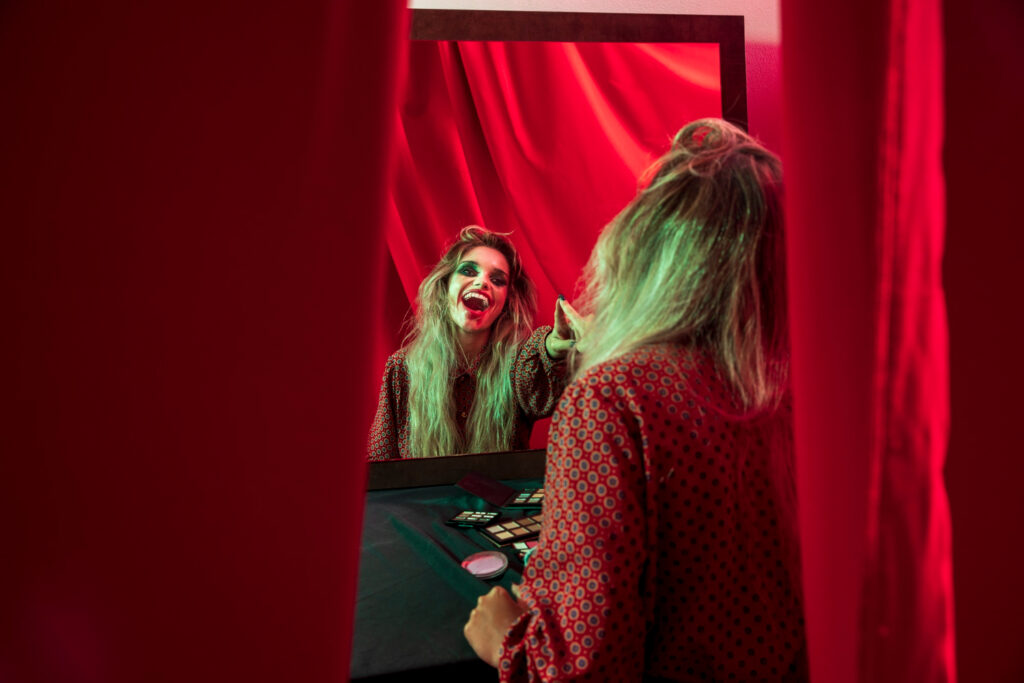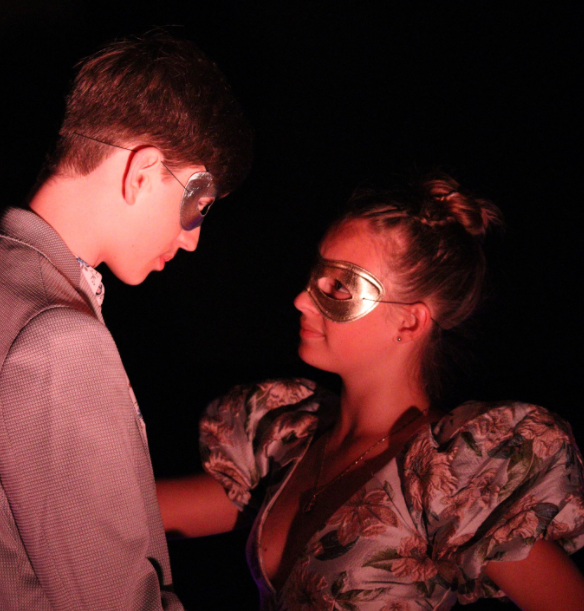
Comparing 4 Popular Acting Techniques
Acting is an art form that requires a combination of natural talent, creativity, and technical skill. Over the years, various techniques have emerged to help actors hone their craft and bring their characters to life. In this article, we will compare four of the most popular acting techniques: Method Acting, Meisner Technique, Classical Acting, and Physical Acting.
Method Acting
Method Acting is a technique that emphasizes emotional preparation and immersion in the character’s experiences. It was popularized by acting teachers such as Lee Strasberg and Stella Adler, who were influenced by the teachings of Konstantin Stanislavski.
One of the strengths of Method Acting is the emphasis on emotional authenticity. By tapping into their own memories and feelings, actors can create deeply nuanced and complex performances. This technique also encourages actors to fully inhabit their characters, which can lead to powerful and memorable portrayals.
However, Method Acting can be emotionally draining and even dangerous if not approached with caution. Some actors may struggle to separate themselves from their characters, leading to identity confusion or mental health issues. Additionally, the intense emotional preparation required by Method Acting can be time-consuming and challenging.
Meisner Technique
The Meisner Technique is a method that emphasizes truthful and spontaneous reactions to given circumstances. It was developed by Sanford Meisner and focuses on staying present at the moment and reacting instinctively.
One of the strengths of the Meisner Technique is its emphasis on listening and responding truthfully to other actors. This can create a sense of authenticity and realism in performances, as actors are encouraged to fully engage with their scene partners. Additionally, the repetition exercises used in the Meisner Technique can help actors become more present and focused in their work.
However, some actors may struggle with the repetitive nature of the Meisner Technique, finding it monotonous or frustrating. Additionally, the focus on reacting in the moment can sometimes lead to a lack of overall character development or depth.
Classical Acting
Classical Acting is a technique rooted in the traditions of ancient Greek and Elizabethan theatre. It involves a deep understanding of text, language, and storytelling.
One of the strengths of Classical Acting is the emphasis on language and poetry. Actors who excel in this technique often have a deep appreciation for the written word and are skilled at bringing complex texts to life. Additionally, the physicality required by Classical Acting can help actors develop a strong sense of stage presence and performance.
However, some actors may struggle with the formal nature of Classical Acting, finding it difficult to connect with their characters or bring a sense of spontaneity to their performances. Additionally, the focus on language and storytelling may not be as relevant in contemporary or experimental theatre.
Physical Acting
Physical Acting is a technique that focuses on the body as the primary instrument of expression. It involves intensive physical training and conditioning and often incorporates elements of dance, movement, and mime.
One of the strengths of Physical Acting is its emphasis on non-verbal communication. Actors who excel in this technique are skilled at conveying complex emotions and ideas through their movements and gestures. Additionally, the physical training required by Physical Acting can help actors develop a strong sense of discipline and control.
However, some actors may struggle with the intense physical demands of this technique, finding it difficult to maintain their stamina or avoid injury. Additionally, the focus on physicality may not be as relevant in plays or films that rely heavily on dialogue or character interaction.
Choosing the right acting technique can greatly impact an actor’s performance and career. While each technique has its own unique benefits and drawbacks, it’s essential for actors to find the one that best suits their strengths and goals. By exploring the different techniques and experimenting with different approaches, actors can expand their range and become more versatile performers. With dedication, hard work, and a commitment to excellence, actors can take their craft to new heights and achieve success in the competitive world of acting.






